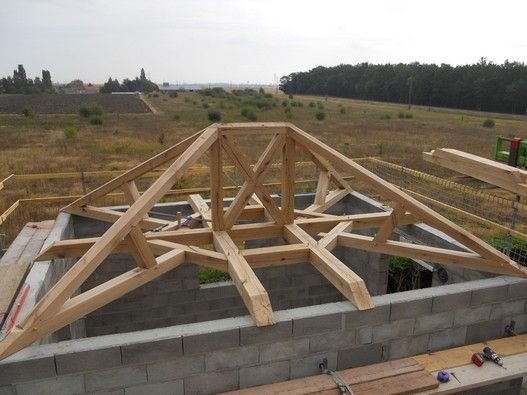Advanced framing in carpentry refers to techniques that optimize material usage and improve energy efficiency by minimizing thermal bridging and maximizing insulation. It typically involves wider stud spacing (24 inches on center), single top plates, and reduced reliance on unnecessary framing members like headers in non-load-bearing walls.
Precision joinery in fine woodworking refers to the use of precise and skilled techniques to join wood pieces together, creating strong, durable, and aesthetically pleasing structures. It's a cornerstone of advanced carpentry, encompassing various complex methods like dovetail, mortise and tenon, and miter joints. These techniques, whether by hand or with power tools, elevate the durability and visual appeal of woodworking projects.
Structural repairs and restoration services focus on restoring the structural integrity of buildings or infrastructure that have been damaged or deteriorated over time. This goes beyond simple repairs, addressing the root causes of structural issues like foundation problems, water damage, or corrosion. Techniques include concrete repair, masonry restoration, steel repair, and more.
Project planning and management are crucial for the success of any project. Project planning involves defining the goals, scope, timeline, and resources required to complete a project, while project management oversees the execution and monitoring of the plan.
Specialized carpentry applications extend beyond basic construction, encompassing various fields like furniture making, home construction, and specialized carpentry like boatbuilding, trim carpentry, and finish carpentry. These roles require different skill sets and specialized knowledge, such as precision work for furniture or intricate details for trim carpentry.





